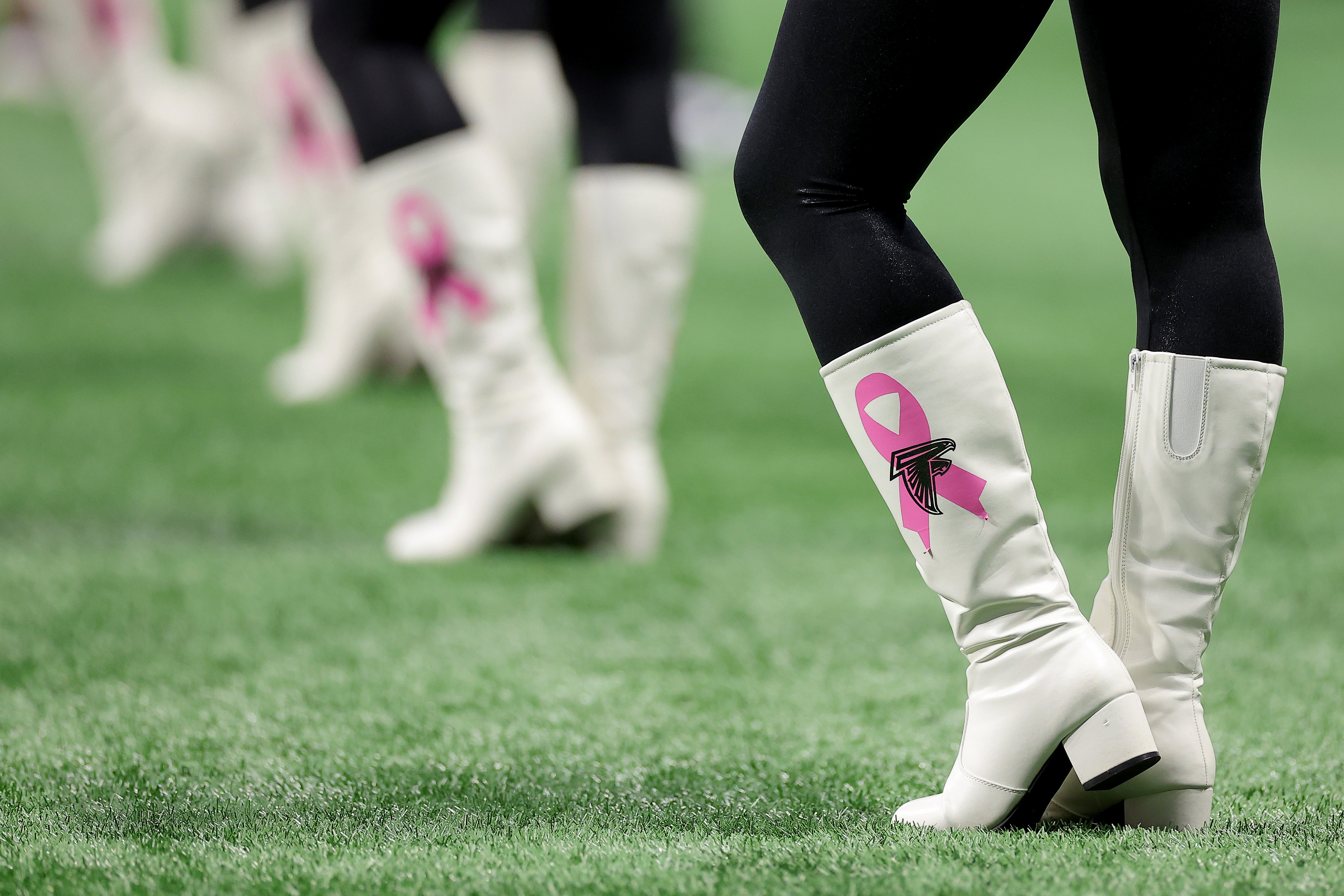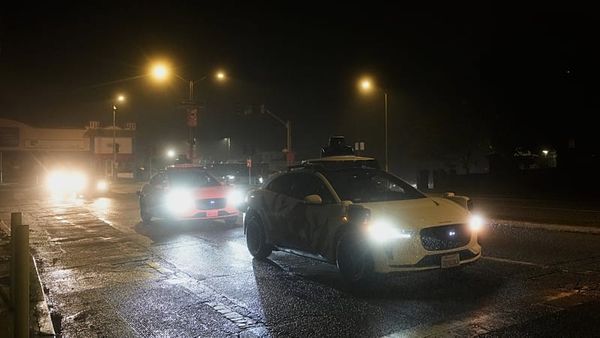Doctors now say they are able to identify which breast cancer survivors are most likely to have their cancer come back.
The key lies in dormant cancer cells, known as “sleeper cells.” The cells are scattered throughout the body and can expand, leading to returning breast cancer. They don’t normally show up on scans, but doctors are able to find them in patients’ bone marrow.
Now, a breakthrough clinical trial has shown success in removing the cells, resulting in patients surviving without cancer coming back. Doctors used drugs to clear the cells from 80 percent of 51 breast cancer survivors. Only two patients saw their cancer return after treatment, that lasted between six months and a year.
“Our research shows that this sleeper phase represents an opportunity to intervene and eradicate the dormant tumor cells before they have the chance to come back as aggressive, metastatic disease,” Dr. Lewis Chodosh, chair of Cancer Biology at the University of Pennsylvania School of Medicine, explained in a statement. “Surprisingly, we’ve found that certain drugs that don’t work against actively growing cancers can be very effective against these sleeper cells. This tells us that the biology of dormant tumor cells is very different from active cancer cells.”
The doctors did not say which drugs were used, but noted that more clinical trials are underway to confirm and extend their findings.
The results may give hope to survivors with a lingering fear of their cancer coming back. Breast cancer recurrence is relatively rare, according to the Cleveland Clinic, however, it does depend on patients’ cancer stage and treatment. It can be decades before some breast cancers return.
Inflammatory breast cancer and triple-negative breast cancer are more likely to come back than other types of breast cancer. Inflammatory breast cancer only represents between one and five percent of all cases in the U.S., and triple-negative breast cancer accounts for about 10 to 15 percent of all breast cancers, according to the National Breast Cancer Foundation.
Breast cancer is the most common cancer diagnosed among American women, accounting for about 30 percent of all new cases. An estimated 319,750 people will be diagnosed with breast cancer in the U.S. this year, and 42,680 people will die from the disease, according to the Breast Cancer Research Foundation. There are more than 4 million breast cancer survivors in the U.S., including women still being treated and those who have completed treatment.
Breast cancer is incurable when it returns after initial treatment and until now, there has not been a way to intervene. The only option for the 30 percent of men and women in this position has been continuous treatment that cannot get rid of the cancer.

Hormone therapy has been shown to potentially reduce the risk of recurrence for people with early-stage estrogen-receptive breast cancer — which makes up about 80 percent of all breast cancers — and having chemotherapy after surgery may also reduce the risk. Controlling your weight and health is also crucial, according to the American Cancer Society.
However, experts don’t fully understand why breast cancer returns for some people and not for others.
“We want to be able to give patients a better option than ‘wait and see’ after they complete breast cancer treatment,” Dr. Angela DeMichele, the school’s Mariann T. and Robert J. MacDonald Professor in Breast Cancer Research, said. “We’re encouraged by these results that we’re on the right track.”







